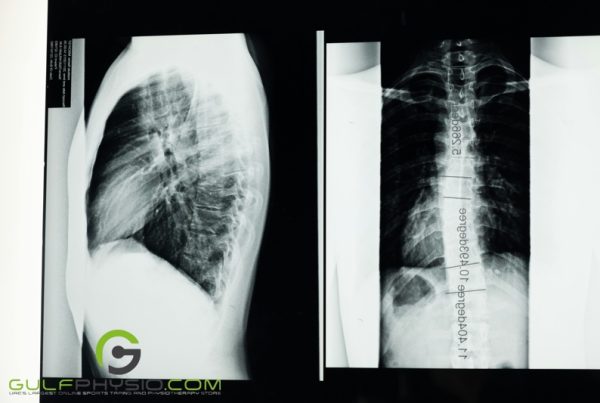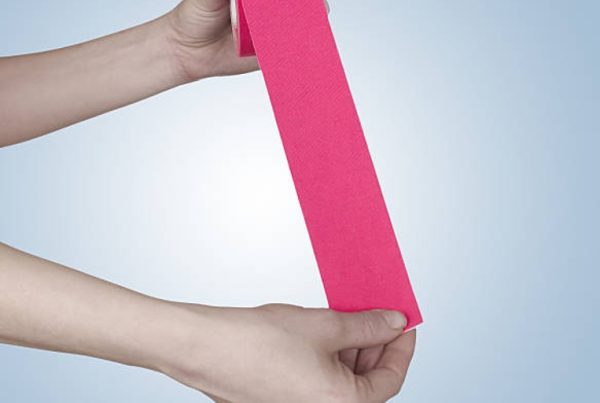You may have noticed that athletes at wear colorful tape on their bodies. But what do these sports tapes do? And why do some athletes choose to wear them? In this article, we’ll explain the difference between kinesiology tape and athletic tape. Moreover, we will provide a comparison to help you decide which type of tape between the two is right for you. If you’re looking for a breakdown of all the different kinds of tape, then our guide to athletic tapes is ideal for you.
Brief history of taping
In the 1970s, Dr. Kenzo Kase wanted to create the perfect sports tape for his patients. He is a Japanese chiropractor who created the Kinesio Tape. His goal was to find a solution to help people find pain relief. Heal their bodies naturally, and improve their quality of life. He knew existing treatments weren’t working well.
He began by researching existing sports tapes on the market to find out what he wanted. According to him, there was either too much weakness or too much strength. He wanted something that would support joints without restricting movement. After years of experimentation, he finally developed Kinesio® Tex Tape.
What is kinesiology taping?
A kinesiology tape is flexible and durable, making it easy to wear while moving. This tape is perfect for hypermobile joints or active injuries. It is ideal if you’re looking for a tape that stays on, provides comfort, and allows for movement. It’s meant to lift the skin covering the muscle so as to reduce strain on these specific muscles.
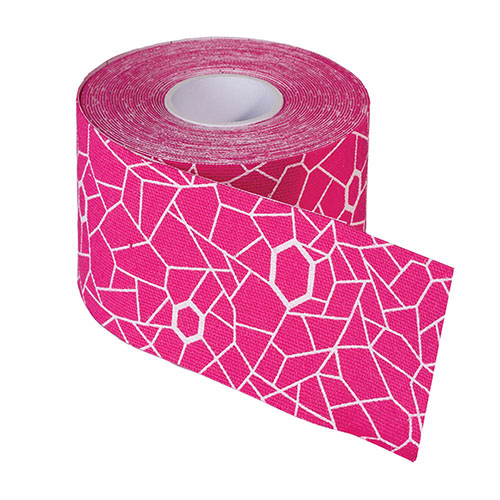
What is athletic taping?
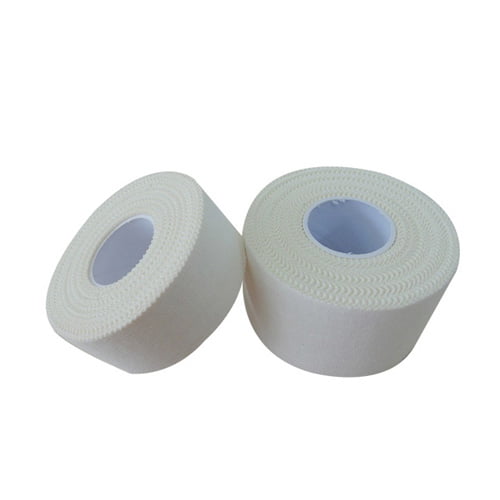
Athletic tape is excellent for keeping joints in place and reducing movement. The zinc-oxide adhesive makes it strong and adheres to the skin. It’s also called Zinc-Oxide tape or Sports Tape.
Function
Kinesiology Taping

This tape is excellent for reducing swelling and inflammation and speeding up healing. It can also relieve both short-term and long-term pain. As the pain and inflammation disappear, normal muscle activation can be returned. This, in turn, gives the injured area its strength and coordination back. The material is flexible, like our skin, allowing people to move freely. Kinesiology tape can help with various injuries and health problems. Such as edema, bruises, injury prevention, and recovery.
Athletic Taping
The purpose of sports tape is to support and stabilize injured joints or muscle groups. It’s the best way to tape a severe injury where any movement of the injured area could cause more damage. As well as when a joint is unstable. It is effective to tape weak, unstable joints before, during, and after a game.
Properties
Kinesiology Taping
This tape is made of 100% high-quality cotton. It has an acrylic adhesive that is safe for people with allergies. It is stretchy, colorful, and breathable. Kinesiology tape has a medical-grade adhesive that makes it water-resistant. You should wear the tape for no more than three to five days. Check out this guide on kinesiology tape.
Athletic Taping
An athletic tape is a rigid, non-stretch tape with a thicker and inflexible texture. It is typically white or tan. This tape has a latex-free, hypoallergenic adhesive made from cotton, rayon, and viscose. Because of its serrated edges, you can easily tear the cloth without scissors.
Sports tape is strong and reduces the joint range of motion. The recommendation is to use it for 25 minutes to two hours. If applied directly to the skin, the adhesive can cause significant irritation. In this case, a non-adhesive pre-wrap would help prevent direct skin contact. The tape adheres to the pre-wrap itself but not to the skin itself. Here’s an in-depth blog post about the history of athletic tape.
Application techniques
Kinesiology Taping
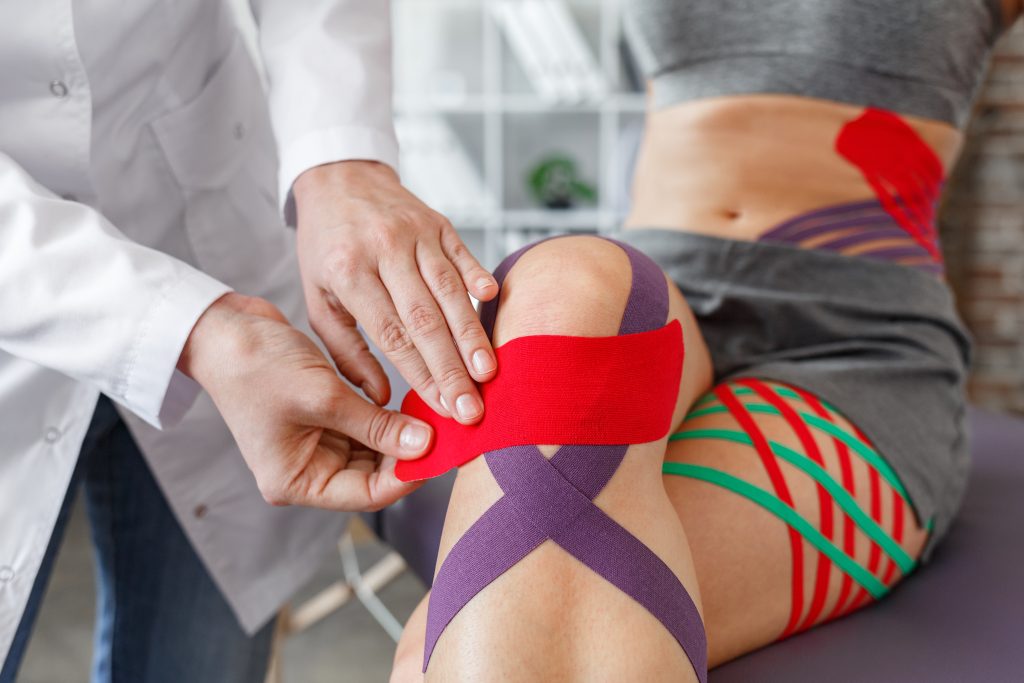
In kinesiology tape, a roll can be cut into strips that look like the letter “I.” Or altered to make an “X,” “Y,” fan pattern, or other unique shapes. These are cut in diffrent shapes to mimic the musculature of the the areas where the tape will be applied. This tape helps reinforce the neuromuscular system. Here’s our guide on cutting kinesiology tape into various shapes.
Athletic Taping
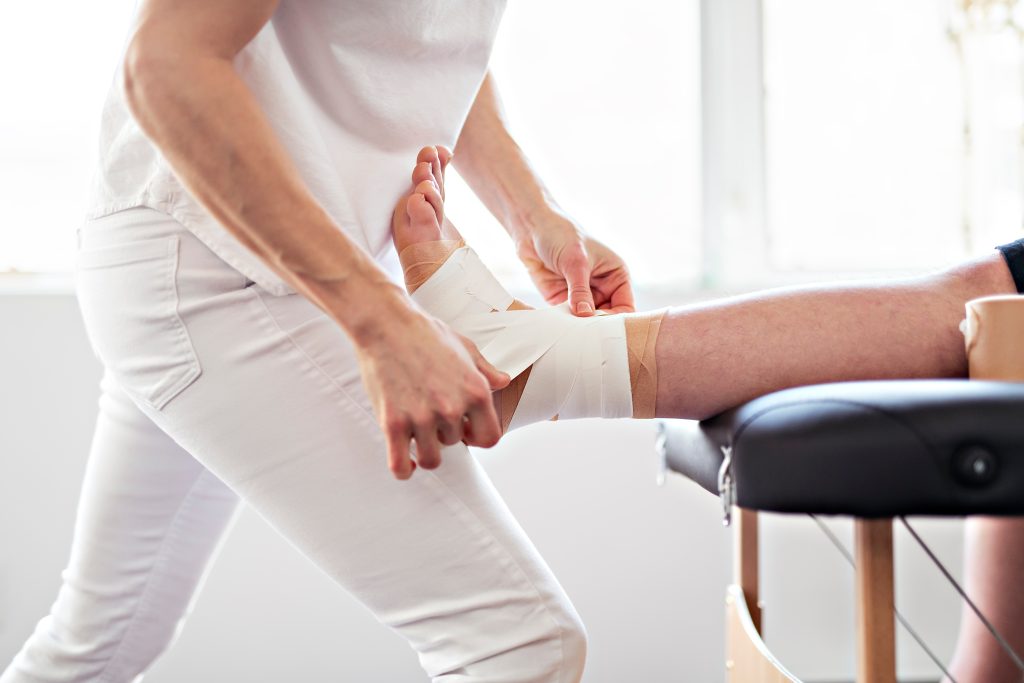
Athletes use athletic tape as a mechanical way of taping joints and muscles. It restricts movement or immobilizes joints depending on the taping technique used. Clean the skin and free it of conditions that could affect the tape application. Position the tape, and reinforce if necessary. Put on the tape smoothly and not too tightly so circulation isn’t cut off. Remove the tape by cutting it off if you get a “pins and needles” sensation because it is too tight.
Where can you buy affordable tapes?
Gulf Physio offers high-quality, durable athletic tape and kinesiology tape at affordable prices. Our tapes are made from the best materials to provide comfort and support for your muscles. Colors and patterns are available in various options to choose the look that works best for you. Additionally, different sizes are available to find the perfect fit. Check out this blog on where to find KT tape in Dubai and Abu Dhabi.
If you live in the United Arab Emirates, please visit our website www.gulfphysio.com.
A note from Gulf Physio
We hope you’ve enjoyed learning about the subject matter above. This blog post is not a substitute for medical advice. The author cannot guarantee the accuracy of the information presented. If you have any questions or concerns, please consult your health professional. All decisions and actions you make are your own. No one involved in making this resource is liable for its use.

